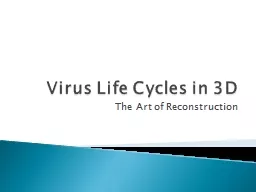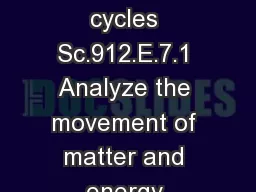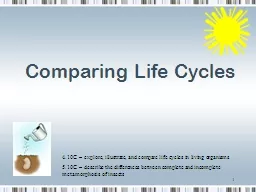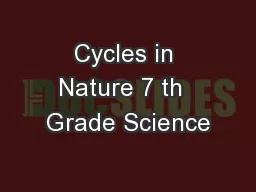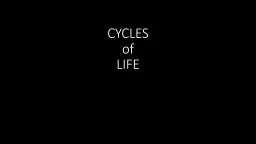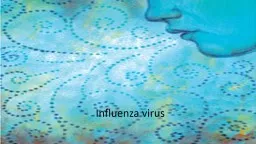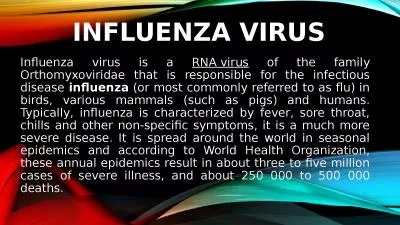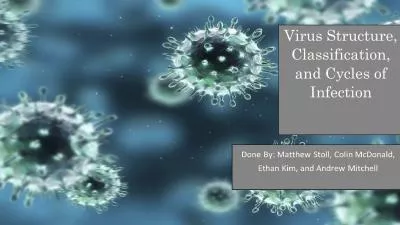PPT-Virus Life Cycles in 3D
Author : olivia-moreira | Published Date : 2016-04-07
The Art of Reconstruction In order to survive viruses must be able to do the following 1 Find a host cell it can replicate in 2 Bind to that cell 3 Enter the cell
Presentation Embed Code
Download Presentation
Download Presentation The PPT/PDF document "Virus Life Cycles in 3D" is the property of its rightful owner. Permission is granted to download and print the materials on this website for personal, non-commercial use only, and to display it on your personal computer provided you do not modify the materials and that you retain all copyright notices contained in the materials. By downloading content from our website, you accept the terms of this agreement.
Virus Life Cycles in 3D: Transcript
Download Rules Of Document
"Virus Life Cycles in 3D"The content belongs to its owner. You may download and print it for personal use, without modification, and keep all copyright notices. By downloading, you agree to these terms.
Related Documents

